If your feathered friends are looking a little droopy or behaving differently, then this section may hold the solution to your problem. Just like the cold is common in humans there are a few health issues with chickens that you are likely to encounter as a chicken keeper.
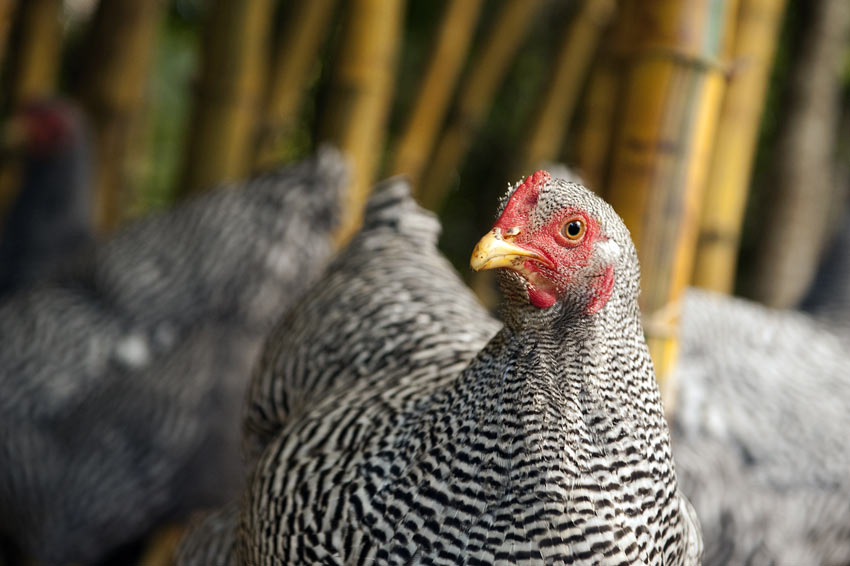
A healthy Dominique chicken with a beautiful set of black and white feathers
Fear not if your hen seems under the weather, a lot of the time there is a simple fix to make her feel shipshape again. This section will run through the most common issues and how to fix them.
Broody Hens
From time to time hens will go broody and will be adamant on sitting in the nest box on unfertilised eggs. It is more common for hens to go broody in the summer months, but it can happen at any time of the year. It isn’t known exactly why hens go broody but it is thought that in some hens the maternal instinct is strong which causes them to try and hatch eggs, irrelevant of if they are fertilised or not. Some breeds are more susceptible to broodiness than others; for example Cochins and Silkies.
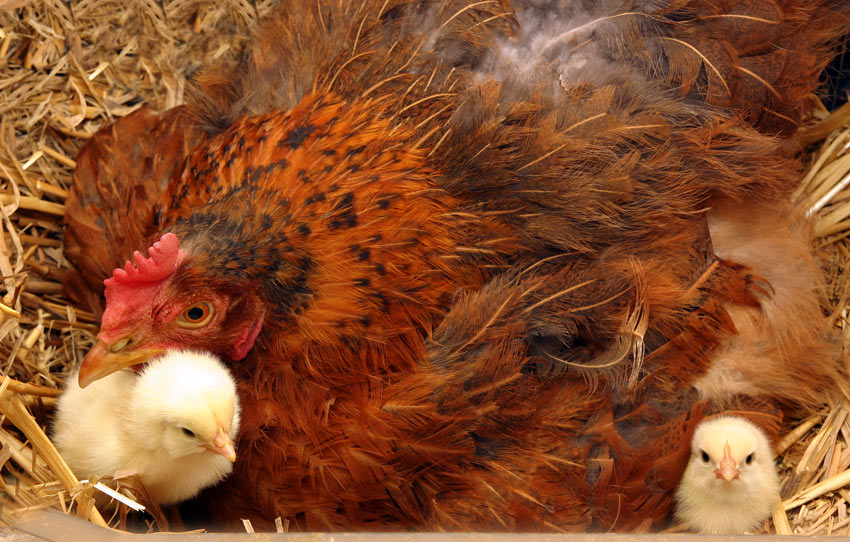
A mother hen looking after her recently hatched chicks
Signs Of A Broody Hen
It’s easy to know when you have a broody hen as their behaviour changes a lot. The first thing that you will probably notice is that you will have a very grumpy hen on your hands. Below is a list of all the signs that your hen has gone broody.
- She will refuse to move from the nesting box
- Fluffs her feathers out making herself look big
- Growling and pecking when you try to remove her
- Running back to the nest box when you remove her
- Plucking out her chest feathers
How To Stop A Broody Hen Being Broody
There are several methods to dealing with a broody hen. Some of these involve just accepting her broodiness or using her broodiness to hatch eggs. Others involve breaking her broodiness- some methods work better than others when it comes to breaking a brood hen.
- Leaving her - A broody hen will be broody for roughly three weeks as this is how long it takes to hatch eggs. You can choose to just let it run its course. When doing this make sure you remove her from the nest box for a few hours everyday to make sure she has something to eat and drink. You shouldn’t worry too much about her taking up the nesting box as a lot of the time your other hens will be happy to share the box to lay their eggs. However if you have a particularly aggressive broody hen she will peck at them when they try to lay an egg so you may need to provide an alternative nesting box for your other hens. It can be a good idea to shut your broody hen out the coop when you know all the other hens have laid their eggs. We advise wearing gloves when removing a broody hen as she will be very angry and will do whatever she can in order to not be kicked out.
- Buy some fertilised eggs - If you want to hatch eggs and have some chicks of your own then make the most of your broody hen and buy some eggs for her to hatch. Using a hen to hatch eggs is a much easier and hassle free than having to use an incubator. A hen will take care of the whole process from incubation to rearing them and teaching them how to be chickens! If you have never done this before it is best to get some advice from a poultry keeper who has experience.
- Dipping her underside in water - When a chicken is broody her temperature is increased. The idea behind this is to cool her down in order to break her broodiness. Simply dip the bottom of your broody hen in a bucket of cold water. However some poultry keepers question the effectiveness of this method as it tends to just be a distraction whilst she dries herself. This method should only be used in the warm summer months.
- Placing ice cubes or frozen peas underneath her - Again this method is aiming to cool her down, but also making it uncomfortable for her to sit in the nesting box.
- Creating a broody enclosure - If you have a wire cage, or dog crate place your broody hen in this with food and water. The wire cage is uncomfortable for her and will hopefully cool down her chest and vent area which will break her broodiness. The length of time needed to break broodiness will vary from hen to hen. Usually around 3 days is enough. You will know that your hen is no longer broody as she will no longer fluff her feathers out and when let out she won’t hurry to the nest. This may seem cruel but in the long run it can be kinder than allowing her to sit on an empty nest whilst her health deteriorates.
Egg Bound Hens
Hens become egg bound when the egg gets stuck between her uterus and cloaca (tube by which faeces and reproductive fluids - including eggs - are expelled from the body). The hen will strain to pass the egg but will not be able to. Egg binding in chickens can be fatal if not spotted and treated.
Signs and Symptoms
- Repeated straining with no resulting egg
- Hen will be in and out of the nest box without laying an egg
- Walking like a penguin - her bottom will be close to the floor.
- Droopy
- Not eating or drinking
- Hard abdomen
If you notice any of these symptoms then you will need to carry out a check to see if she is egg bound. You can first feel her abdomen area for an egg like lump. If you can feel an egg then it is likely she is egg bound.
Treatment
The recommended treatment for an egg bound hen is a warm bath. This will loosen the muscles and hopefully help the hen to pass the egg. If you have given a warm bath and your hen still hasn’t passed the egg it is best to take her to the vet.
Hen Pecking, Cannabalism And Bullying
This behaviour can be very distressing for a chicken keeper as chickens can turn very nasty when they notice any blood or red wounds. Sometimes it can lead to chickens pecking other chickens feathers out or in extreme cases cannibalism that causes death. There are a few reasons for this behaviour to develop amongst a flock.
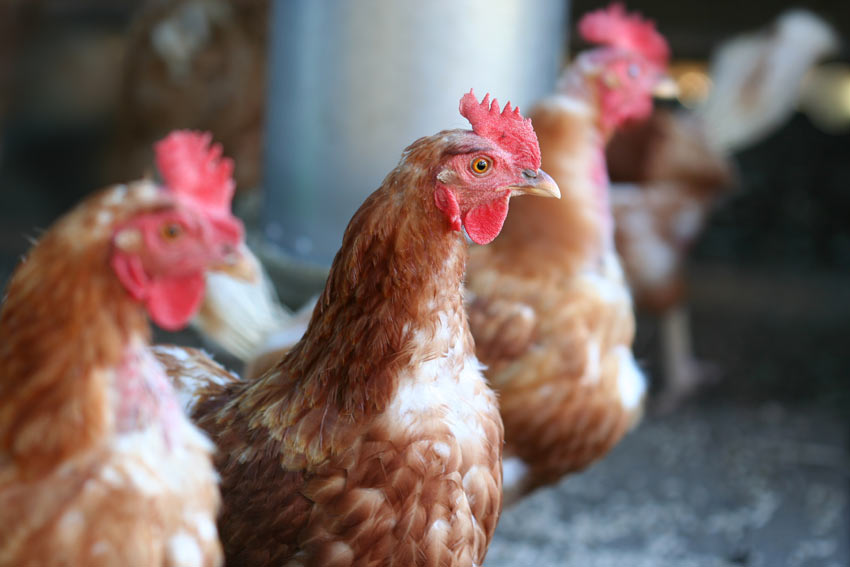
A flock of chickens with wonderful clean feathers enjoying each others company
The most common reason for pecking is that the chickens don’t have enough space. This can cause them to become stressed and so they will start pecking at each other or bully a chicken that is lower in the chicken pecking order. If you think this could be the reason try giving them more space to see if that helps. Its also a good idea to give them distractions and interesting things in their run, such hanging food. If one hen in particular is the bully, removing her from the flock for a couple of days should work as when she is reintroduced she will be at the bottom of the pecking order, and shouldn’t return to her aggressive behaviour.
Another reason for pecking is when one of your chickens becomes ill, in particular if she has a wound. When chickens see a red wound they will continuously peck at it. If this is the case you will need to remove the injured chicken and isolate her until she is healthy again and any wounds have healed.
Introducing New Chickens To The Flock
Pecking and bullying will always happen when you introduce a new chicken to the flock. This is perfectly natural as they establish the ‘pecking’ order. This type of pecking shouldn’t last longer than a few days. Although the chickens are very brutal at times you shouldn’t need to intervene unless you think a chicken will be seriously injured. If one particular chicken is causing a problem when she is attacking you can intervene and stop her pecking. You may have to do this several times before she stops attacking the new hen so viscously. For more information on how to introduce a new chicken to the flock click here.
Impacted Or Blocked Crop
The crop is a pouch at the end of the oesophagus that carries out the initial stages of digestion. This can become blocked causing a buildup of food inside. The crop will empty at night, but if a chicken has an impacted crop then it will not empty.
Symptoms
A crop bounded chicken will not want to eat or drink, will not defecate or will have runny droppings, and they will generally appear droopy and under the weather. If left untreated the chicken will lose weight. It is fairly easy to diagnose as a chicken with a blocked crop will have a full crop in the morning before it has eaten.
A lot of the time it will be long tough or dead grass that has caused the blockage, but blockages can be caused by anything. In mild cases of a blocked crop you can encourage your chicken to drink warm water or vegetable oil and massage the crop to loosen what's inside and hopefully that will clear the blockage. If that doesn’t work and the crop feels quite hard and compacted then it is best to take your chicken to the vet. The vet will cut open the crop and empty it under a local anaesthetic. To prevent a blocked crop try to keep the grass your chickens are grazing on short.
Soft Shelled Eggs
A hen can lay an egg with a soft shell or an egg that has no shell. These eggs can be very misshapen. A lot of the time they will usually be broken before you get to them because they tend to be very fragile and break easily.
Hybrid chickens tend to lay more soft shelled eggs than other breeds of chicken. The odd soft shelled egg is nothing to worry about and is fairly common. However if one of your chickens is regularly laying a soft or shell less egg then there may be something wrong with her diet. The most common reason for soft shelled eggs is a lack of calcium. 95% of an egg shell is made from Calcium so it is very important your chickens have lots of calcium in their diet. You can ensure that they have enough calcium in their diet by giving them grit that has oyster shells in it. If you have a constant supply your chickens should eat the amount they require. If you need some grit Omlet has you covered, just click here to order some.
If you have been feeding your hens a few too many treats this could also be why they are laying soft shelled eggs. The more treats you feed your hens the less they will eat their layers pellets which is where they get their all important protein and calcium from.
Soft shelled eggs can be a sign of stress from other underlying health problems. Such as parasites, or diseases. So if adding more calcium to their diet and feeding them less treats doesn’t work then keep a watchful eye on your hen/s to try and figure out what else could be causing the problem.



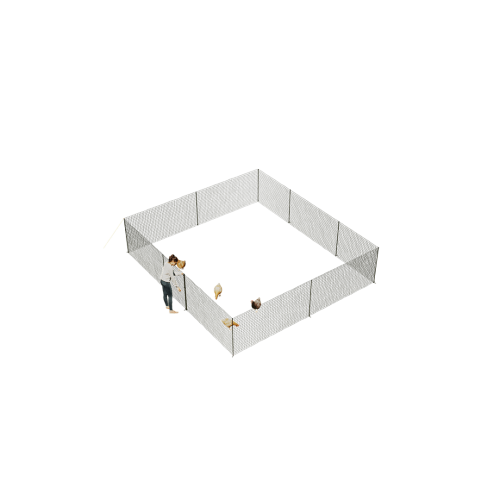
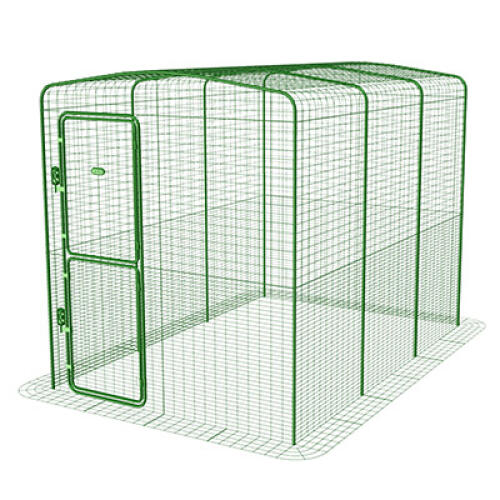
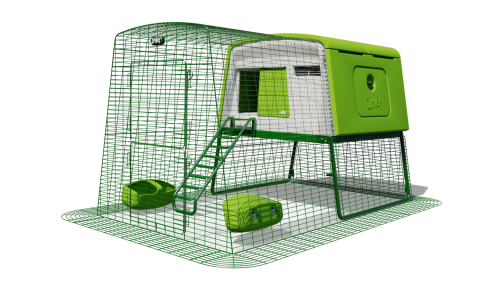
Commenti
There are no comments just yet